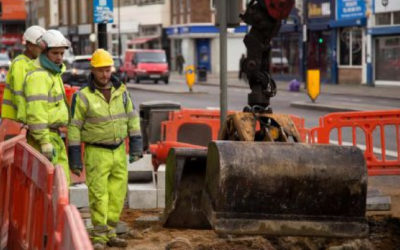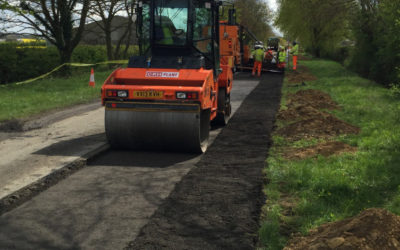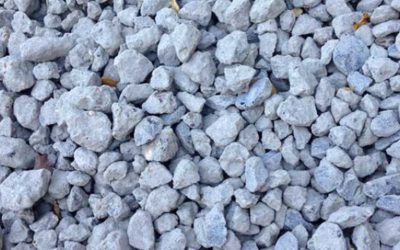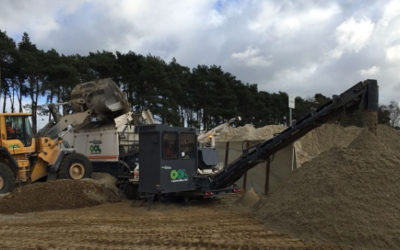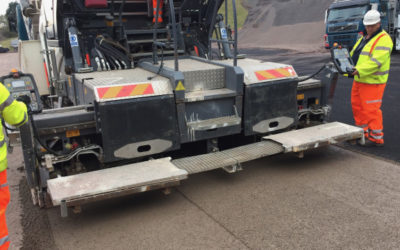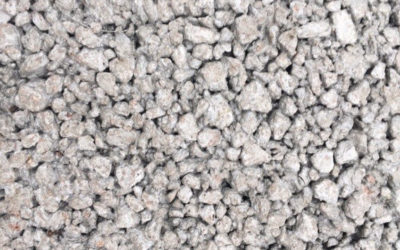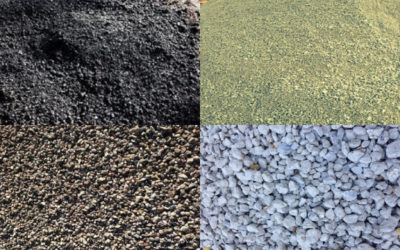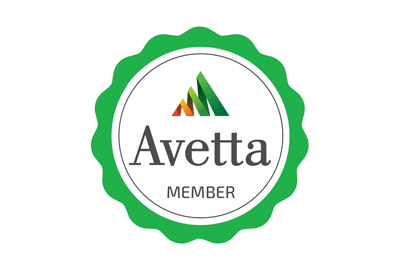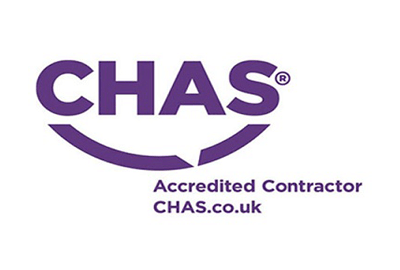OCL Regeneration Ltd paving the way in Carbon Reduction
OCL Regeneration Ltd recycles waste generated from road maintenance which can then be reused in the local network
One of the by-products of road and path resurfacing – created as a result of asphalt being removed from a surface sub-base – is known as ‘asphalt planings’. Annual maintenance of highway network produces significant quantities of this material, which can be recycled. However a vast quantity of these are classified as ‘asphalt waste containing coal tar’ (AWCCT), a toxic material which makes it expensive to dispose of safely and difficult to recycle.
OCL Regeneration Ltd has found a way of treating and utilising the AWCCT and thereby reducing annual hazardous waste costs, reducing the need for virgin products and reducing the carbon footprint helping achieve climate goals.
Hazardous Asphalt planings are transported to an OCL Regneration plant where they are crushed, graded and then mixed with foamed bitumen, cement and water to form a cold lay asphalt material, which can then be re-used elsewhere in road maintenance. This means that the scheme minimises the use of ‘virgin’ materials to reconstruct roads.
Try our Carbon Equivalents Calculator
Click the link below to visit our carbon emissions calculator page…
OCL Regeneration Ltd predict that 1 of their sites, next year, will deliver a net reduction in CO2 of around 450,000kg by reducing the use of virgin aggregates, replacing some warm and hot mix traditional asphalts with cold lay materials and reducing the total miles travelled for material supply. Their facilities will also reduce waste construction costs by recycling tar bound material which would otherwise require specialist disposal.
The recycled material is laid cold which means specialist insulated lorries are not needed to collect and deliver the material, and there is no waste from unused material. The cold recycled road surface uses a fifth of the energy of traditional materials and saves 50 per cent of CO2 emissions.
To a large extent, these changes are as much about altering mindsets as they are about amending working practices.
Waste is now being recognised as a potential feedstock for the recycling process, rather than something which needs to be disposed of as quickly and as cheaply as possible – whilst also adhering to legal requirements and rather than following the carbon-intensive linear pattern – where new, virgin materials are sourced for projects – more thought is given to the use of recycled materials, and planning of up to a year in advance is carried out so that this can be achieved in suitable areas.

